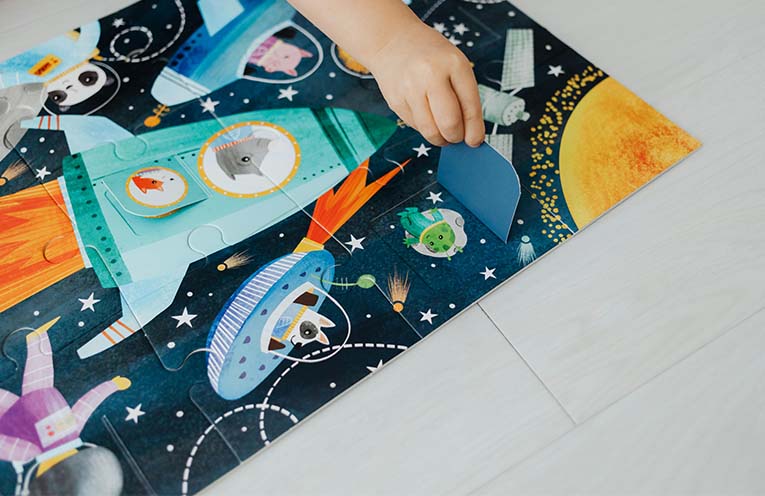KIDS have a natural curiosity about the world around them, and space is no exception!
Here are some interesting questions kids often ask in my school outreach programs:
Why is the sky dark at night?
Ah, the answer has to do with the vastness of space.
The stars are very far away, and their light is spread out over a huge area. By the time it reaches Earth, it’s too faint for our eyes to see all the stars at once.
However, if you travel to a place with very little light pollution, you can see many more stars, and the night sky can appear quite bright!
Are there aliens out there?
This is perhaps the most famous astronomy question of all!
Scientists don’t know the answer yet, but they are looking for signs of life elsewhere in the universe.
There are billions of galaxies out there, each with billions of stars, so it seems statistically likely that there must be other planets that could support life
Can I touch a star?
No, you definitely cannot touch a star!
Stars are giant balls of burning gas that are incredibly hot.
Even if you could somehow travel through space without getting burned up, stars are so far away that it would take us millions of years to get to one with our current technology.
What is a black hole?
Black holes are some of the most mysterious objects in the universe.
They are regions of space where gravity is so strong that not even light can escape.
Scientists are still learning about how black holes work, but they believe that they are formed when massive stars collapse in on themselves.
What is the sun made of?
Our sun is a giant ball of hot plasma, which is a state of matter made up of charged particles.
The sun’s gravity pulls these particles together, and the pressure and heat in the core cause nuclear fusion to take place.
This is the process that releases the light and energy that we receive here on Earth.
Why are all the planets round?
Planets are mostly made up of loose material, like rock and gas.
Gravity pulls this material inward from all directions, causing it to clump together into a sphere, which is the most efficient way to distribute mass with the least amount of surface area.
Why do some planets have rings?
Rings are made up of dust and ice particles orbiting a planet.
They might come from leftover debris from the planet’s formation or collisions with moons or asteroids.
Saturn’s rings are the most famous, but Jupiter, Uranus, and Neptune also have rings, though they’re fainter.
What are constellations?
Constellations are patterns of stars that people have imagined to look like animals, people, or objects.
They were used for navigation by ancient cultures and are still fun to find in the night sky today.
Is there an end to space?
This is a mind-boggling question that scientists are still trying to understand.
Our current knowledge suggests the universe keeps going on forever, but it might be infinitely curved in on itself!
Could we ever travel to other planets?
Space travel is getting more advanced all the time!
We’ve already sent probes to explore other planets, and one day, who knows, maybe humans will be able to travel to them too.
It would take a very long time though, because of the vast distances involved.
What are asteroids and comets?
Asteroids are rocky leftovers from the formation of our solar system. Comets are icy objects that orbit the sun and develop tails made of gas and dust when they get close.
Both can sometimes hit planets, but thankfully, this is very rare.
These are just a few of the many interesting questions that kids ask about astronomy.
By encouraging their curiosity, we can help them develop a lifelong love of learning about the universe.
By Dave RENEKE, Astronomer

